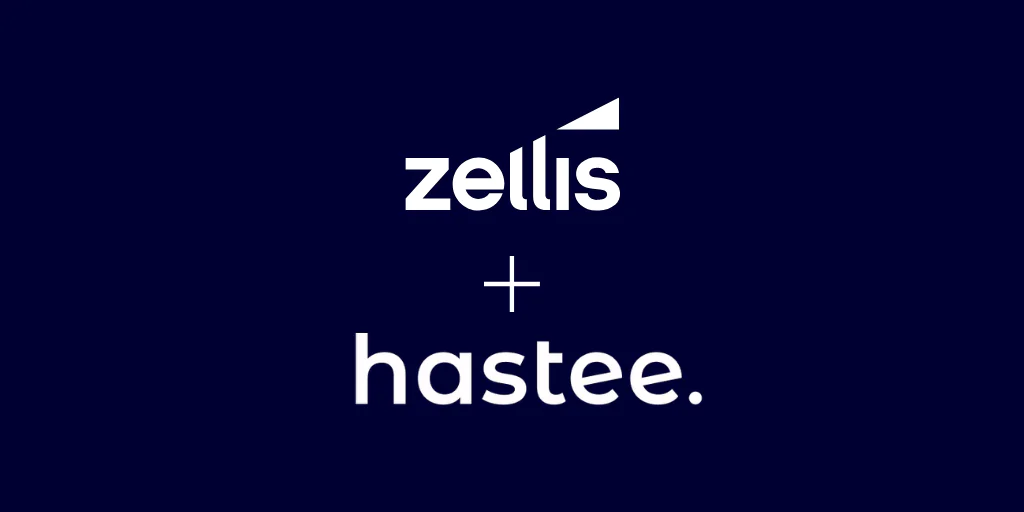
There are two ways you can receive tax relief on your pension contributions if you’re in a workplace pension scheme. Your employer chooses which method to use and must apply this to all staff. Here’s how tax relief works.
What is tax relief?
When you pay into your pension, some of the money that would have gone to the government as tax goes towards your pension instead. However, depending on how your pension scheme works, if you don’t pay tax you might not get tax relief.
How tax relief works on workplace pensions
If you’re in a workplace pension, there are two ways to get tax relief, which are linked to the way your employer deducts your pension contributions.
Remember
With some workplace schemes you don’t pay pension contributions on your full salary, but on the part known as “qualifying earnings”. This is a band of earnings between £6,136 (the lower limit for automatic enrolment) and £50,000. So, if you earn £20,000 a year, your qualifying earnings would be £13,864, which is £20,000, minus £6,136.
Method 1: Relief at source arrangement
Here’s how a relief at source arrangement works:
- Your employer deducts tax from your taxable earnings as normal.
- Then they deduct 80% of your pension contribution from your net (after-tax) pay and send this to your pension provider. So, tax is deducted from your pay before your pension contribution.
- Your pension provider then claims the other 20% in tax relief direct from the government. If you live in Scotland and pay tax at the Scottish starter rate of 19%, you still get tax relief on your pension contributions at 20%.
This way is better for people who don’t pay any tax as they still get tax relief. See Tax relief if you don’t pay tax, below.
However, with this arrangement, people who pay higher rates of tax than 20% will have to claim the additional tax relief through their tax return or direct from the tax office.
Method 2: Net pay arrangement
Here’s how a net pay arrangement works:
- Your employer deducts the full amount of your pension contribution from your gross (before-tax) pay.
- You pay tax on your earnings minus your pension contribution, so your tax bill is lower and you have higher take-home pay.
- So, although you have paid the full amount of your pension contribution yourself, you receive the tax relief by paying slightly less tax.
With this method, whatever rate of tax you pay, you receive full tax relief without having to claim it. However, if you don’t pay tax, this method means you won’t receive any tax relief. See Tax relief if you don’t pay tax.
Tax relief if you don’t pay tax
Workers who earn less than the personal allowance (£12,500 in the tax year 2019-20) and therefore don’t pay tax won’t receive tax relief if their employer operates a net pay arrangement.
This is because under a net pay arrangement the full amount of the pension contribution is taken from your pay before tax is applied. Instead of getting tax relief added to the pension contribution, you get tax relief by having a lower tax bill. But if you don’t pay tax, there is no tax bill, so no tax relief.
For example:
| Net pay arrangement | Relief at source arrangement | |
|---|---|---|
| Income | £10,400 (£200 a week) | £10,400 (£200 a week) |
| Contribution into pension | 3%, £6 a week | 3%, £6 a week |
| Taken from pay | £6 | £4.80 |
| Tax relief | £0 | £1.20 |
While both arrangements would put £6 into your pension, with a net pay arrangement, the full £6 is taken from your pay. You can’t claim any money back from HMRC and you’ll have slightly less take-home pay compared to using a relief at source arrangement.
What if I’m affected?
If your employer hasn’t set up a workplace pension scheme yet, raise this issue with them and ask them to consider a scheme which operates a relief at source arrangement.
However, if the scheme is already in place, your options are limited because your employer must operate the same method for all staff in the scheme. Don’t be tempted to leave the scheme to set up one of your own as you’ll lose any contributions that your employer makes – which will be more than the tax relief you have lost.
You could ask your employer if they would be prepared to top up your scheme by the tax relief figure, but there is no requirement for them to do this.
How do I know which type of tax relief arrangement my employer has?
The simplest way is to ask your HR department, if you have one, or whoever does the payroll for your employer.
Ask whether the scheme is operated as a net pay arrangement (full pension contribution taken from pay) or a relief at source arrangement (lower pension contribution taken from pay and tax relief claimed direct from government by your pension provider).
This article is provided by the Money Advice Service.









